Today, for several reasons (lower yielding harvests, consumption habits, increasing costs…) the wines being sold are usually young vintages. However, a great Grand Crus still deserves to be aged for a few years to reach its full maturity and deliver all their aromas to the lucky ones who will enjoy its flavour in the future.
If you were to buy a renowned Bordeaux or an obscure limited edition Californian wine and hope to age it to perfection, you would need to respect some rules to assure the proper aging of the precious liquid and to be sure you preserve your investment. Therefore, you need a minimum knowledge on how to properly store your wine and a reliable data source to establish the perfect time to drink it.
Remember that wine is a living organism that evolves because of its constant contact with the outside air, which is slowly penetrates through its cap and allows the wine to “breathe”. Many things have to be considered when establishing the best conditions that are essential to aging a wine. Take particular care of the following guidelines and you will be successful in enjoying years of pleasure from your cellar.
—Light exposure:
There are many reasons why historically, we kept wine buried underground in dark glass bottles, like a vampire sleeping in a coffin, wine should be protected from the light as it can have undesirable effects on the taste!
Of course a brief exposure to light will not damage the content of your bottles. However, you have to be careful to protect your wines from excess light if you plan to age them for a few years. The exposure to light is very harmful, direct sunlight or incandescent light exposure for long periods of time will adversely react with the natural phenol of the wine, altering the chemical compound driving the taste of the liquid. Wine should be protected from light and its undesirable effects. Indeed, ultraviolet rays in particular, accelerate the oxidation reactions of wine and should be avoided. On the other side of the visual spectrum, Infrared light, will heat your wine and must be avoided.
What to do?
First of all, do not overreact: most wines can suffer a few months of minimal light exposure without changing their chemical structure. When we think about it, this is a good thing, or else most wine shops would be factories made to destroy wine!
However, if you want to age your wine for many years, care should be taken to avoid long exposures to light, or to block the negative components of the light. So nowadays, it is best to install warm white energy-efficient light bulbs in your cellar, which have a low radiation and give off little heat, and only light them when you go to get a bottle or do some storage. Even better, you may want to invest in technologically enhanced glass panels manufactured to act as a barrier against radiation and UV rays. The “Glass Walls”, such as the one produced by The Wine Square, a Canadian company that specializes in manufacturing custom made Glass Cellar glass, provide complete protection against the light while showing off your wine collection like a art exhibition.
If you have very old and expensive wines (more than 15 years) potentially weakened by the years, we recommend you keep them protected within a wooden crate. Wine should be protected from light as it can have undesirable effects. Indeed, ultraviolet rays accelerate the oxidation reactions of wine and can also be responsible for the taste of light.
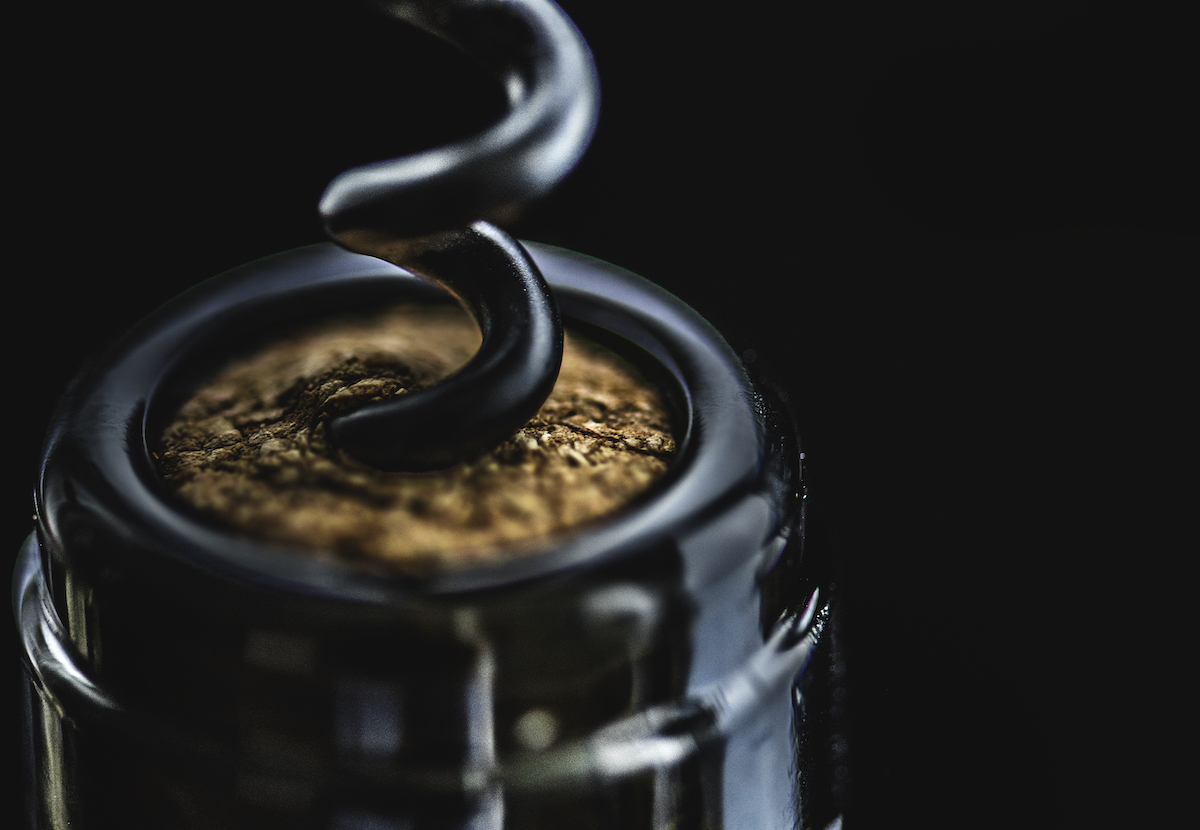
Uncorking a bottle of red wine
—Air quality
Wine communicates with the air around it through the cork, which is permeable. Avoid storing toxic or other chemical products close to your cellar and limit the presence of odors in the room to the strict minimum. Any odor present for a long period of time may be absorbed by the cork and compromise the integrity of the wine. Storage of potatoes and onions, for example, is absolutely forbidden.
Lay the bottles on shelf shelves or prefabricated vaults, preferably pumice or terracotta (these materials will help you regulate the humidity). You may use metal or wooden shelves (if it is properly treated against moisture), but avoid the cardboard that quickly gets wet with water.
—Humidity levels
Aeration goes hand in hand with the humidity level of your cellar because a poorly ventilated place often becomes too humid and fungi develops quickly.
The hygrometry should ideally be between 60% and 80%, so that the cork remains hydrated and does not dry out. Note that getting out of this bracket may pose serious problems that you will want to avoid at all costs. In fact, too much humidity will cause the cork to rot and damage the bottle label. On the other hand, too low a level will dry the cork, which may cause leakage of the liquid. To ensure that you maintain an appropriate level of humidity, don’t forget to get a hygrometer. A wine cooling unit will help maintain the previously mentioned degree of humidity.
—Temperature
Maintaining stable temperatures is essential when maturing wines: it prevents premature oxidation, a process that accelerates wine aging.
Temperature must be maintained between 10 and 14 degrees °C, similar conditions as you would find in a European Castles “cave à vin”. Above all, keep the temperature of the cellar as constant as possible. The temperature itself is not that important, most of the more prestigious natural underground wine cellar go up to 18–19°C during summer time. Avoiding important or rapid variation in temperature is the key to success and shouldn’t be overlooked. At no time should the wine be subjected to heat shock, as it may destroy it fragile balance. Therefore it is essential to provide a proper isolation to the cellar. The degree of insulation should be between R-20 and R-30.
You may also consider a more advanced system such as The Cube °, a revolutionary technology that will control your wine cellar temperature and maintain a natural humidity. The Cube °, with its e-cool technology, is the only wine cellar refrigeration system on the market that maintains temperatures stable inside the cellar, with variations as small as 0:01 °C.
—The Bottles
You may be surprised to learn that size of the bottle has an impact on its aging. Half bottles, for example, will oxidize faster than traditional bottles since, in proportion to its volume of liquid, the amount of air in contact with the wine in a half bottle is greater than it is in a bottle of 750 ml. Half bottles are not suitable for aging. Larger bottles, such as magnums, will keep a “young” wine longer.
The bottle of wine should always be lying down so that the cork is moistened with wine and does not dry. If this happens, it will retract and let too much air pass. This would precipitate the oxidation of the wine. It is also necessary to avoid the vibrations and to move the bottles during their rest which would also be motives for deterioration. To do so, if you use sell standing wine racks, equip their feet with rubber pads or plastic wedges to limit vibrations.
—In Conclusion
As you can see, wine is a noble and lively product and you must learn to keep it in the best condition possible to enhance the value of your investment and the pleasure you will derive from it. Let your Grand Crus mature for several years, or even better, buy a case and start tasting a bottle every year, reviewing each time the note you made before. There is a no better way to discover the secret a particular wine is hiding from us…
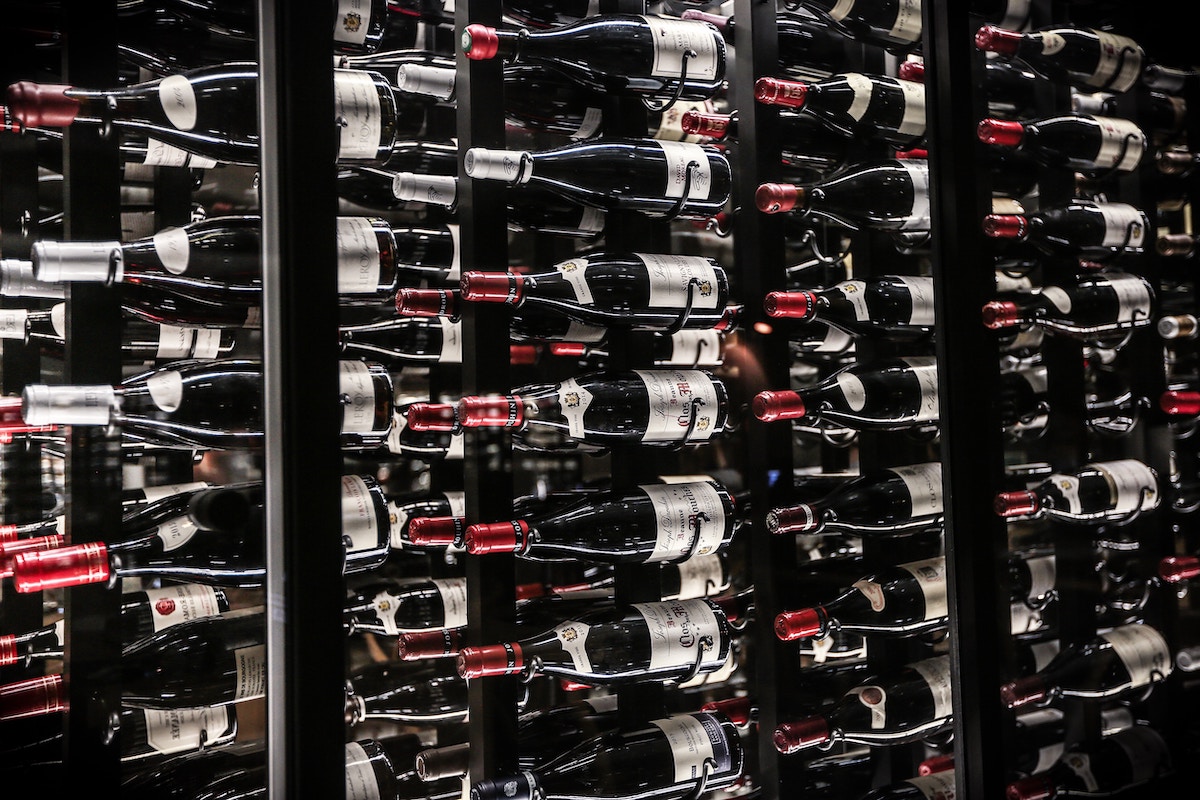
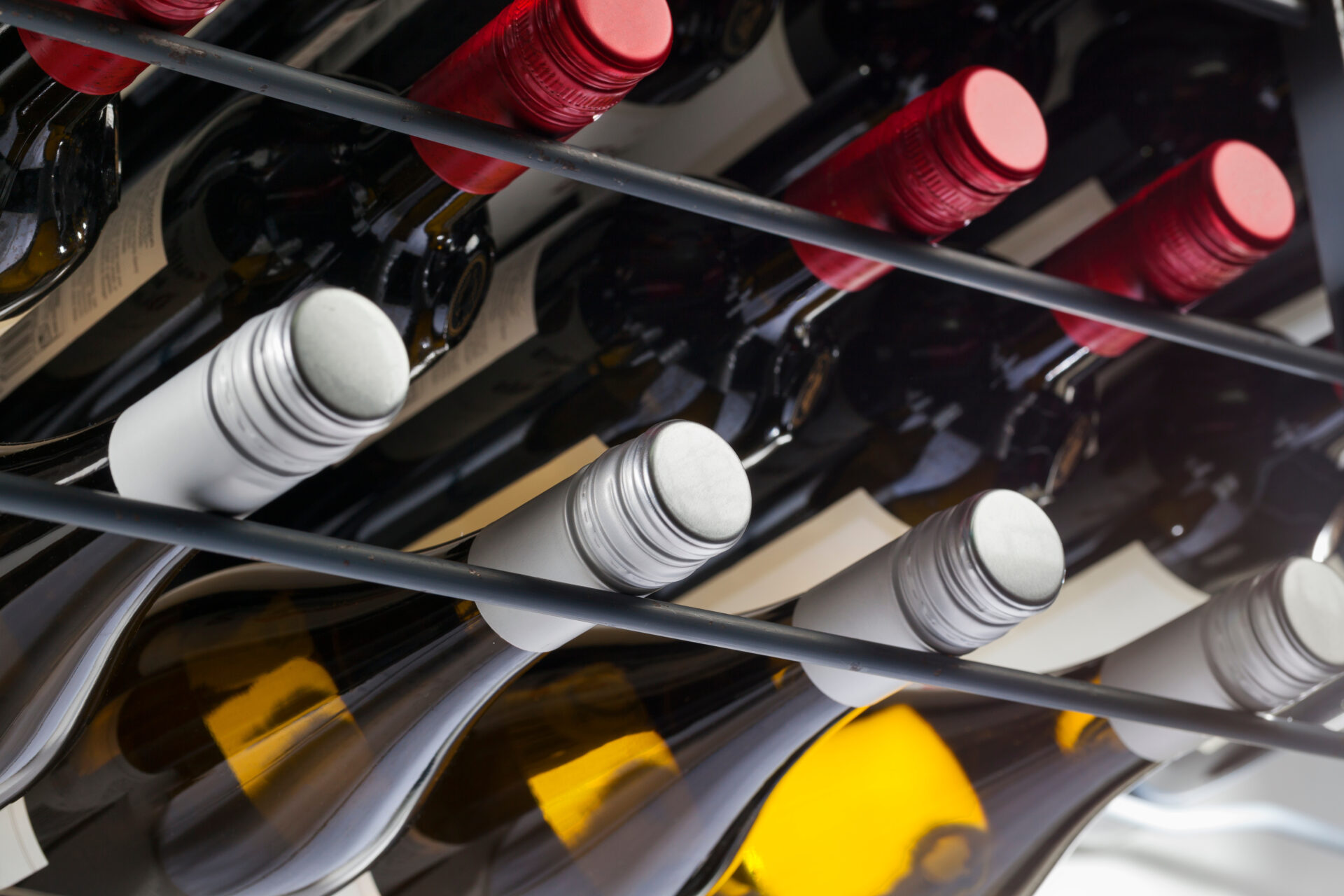
Expert tips on wine cellar design and preservation
Discover the captivating world of wine collecting, where culture meets accessibility and investment potential. Explore the convenience of online marketplaces,...
Read more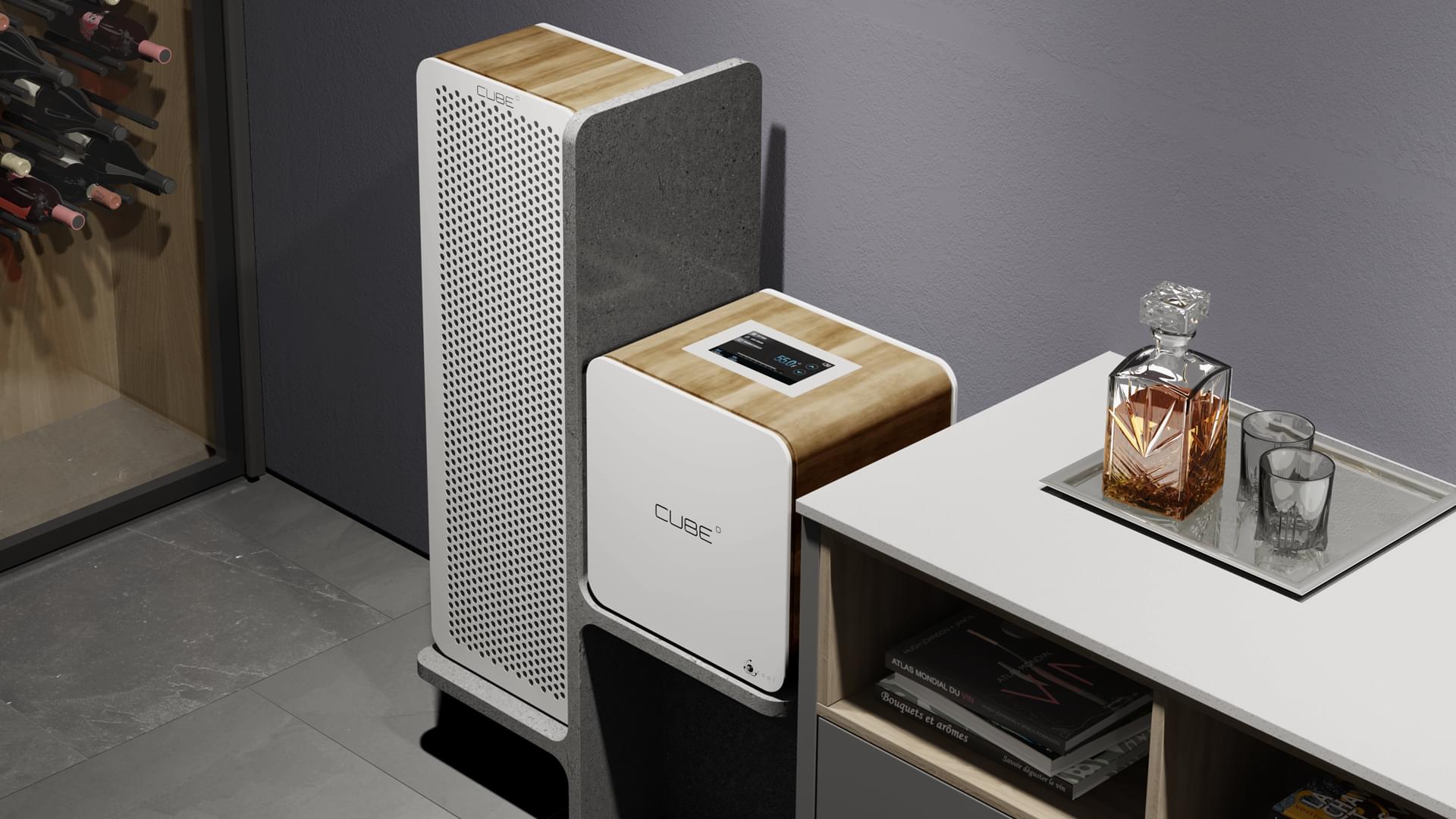
The Different Types of Wine Cellar Cooling Systems
There are 4 different types of Wine Cooling Units presently on the market, they are: self-contained cooling system split cooling...
Read more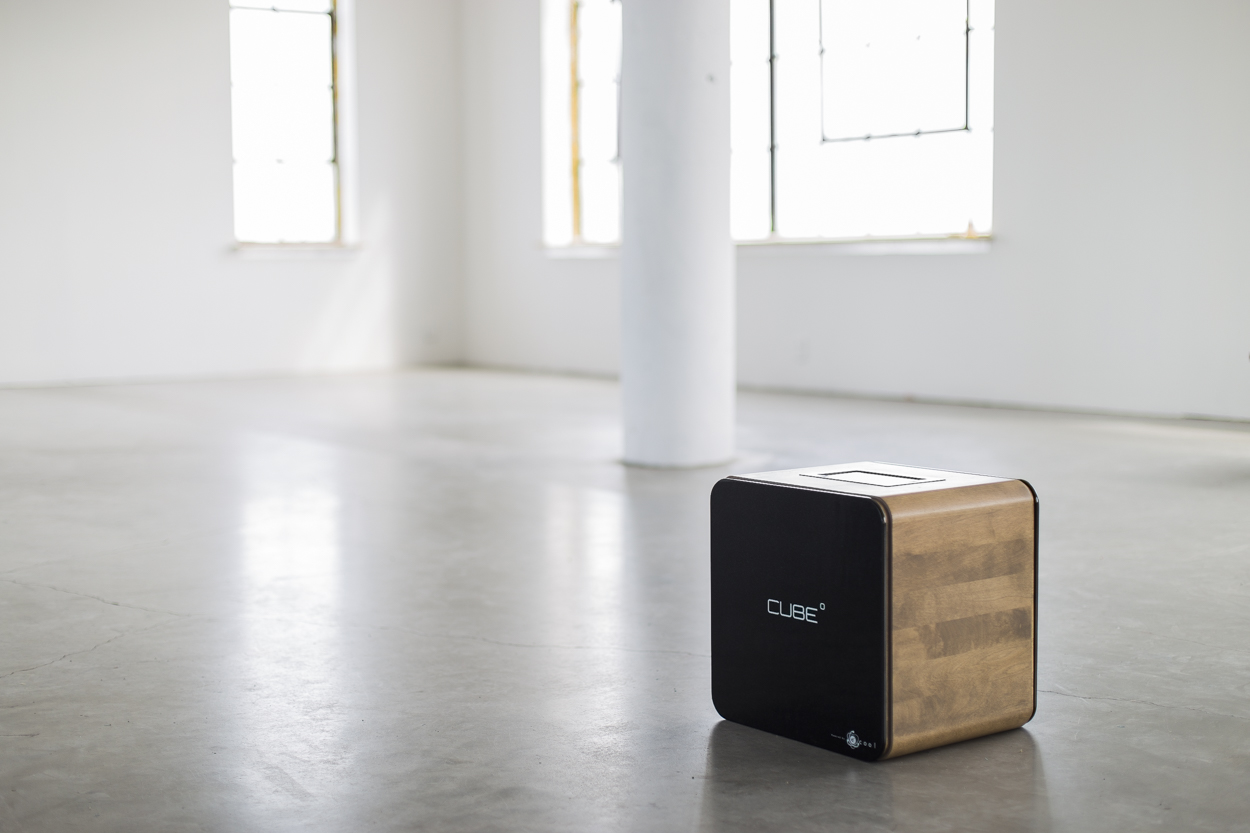
Building a better wine cellar cooling units
The Problem With Wine Cooling Units Today, the vast majority of wine connoisseurs control their wine cellar temperature using a...
Read more